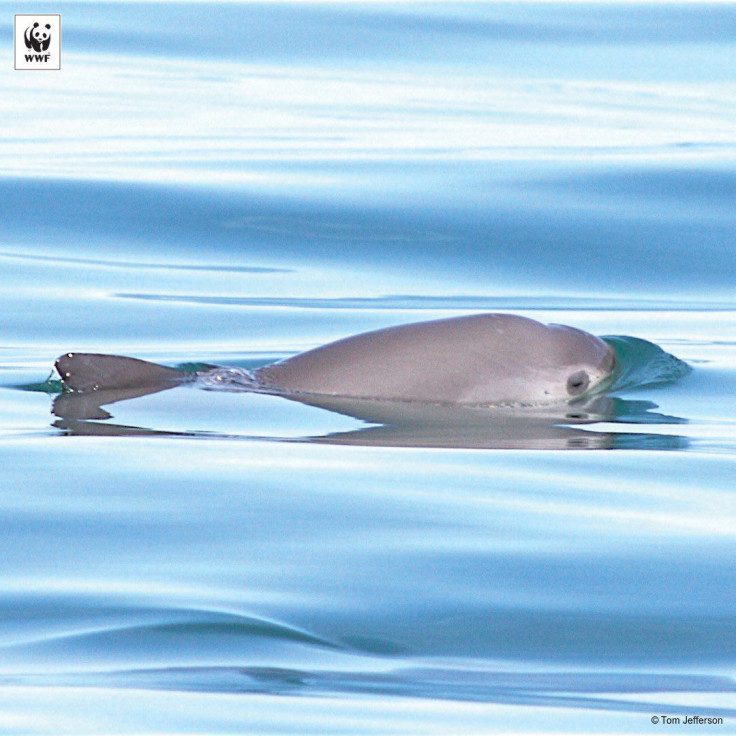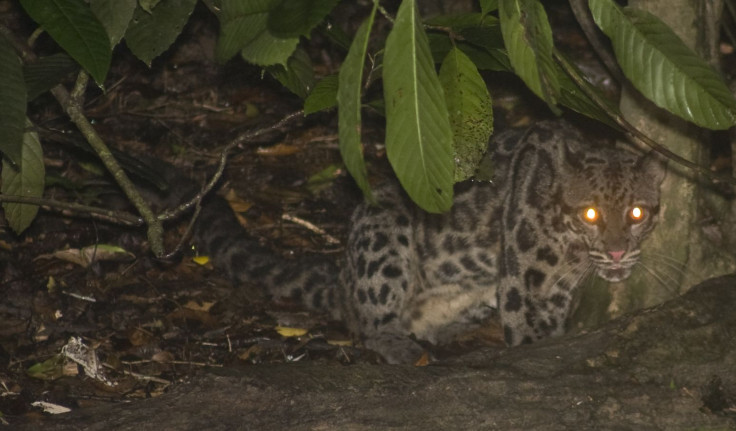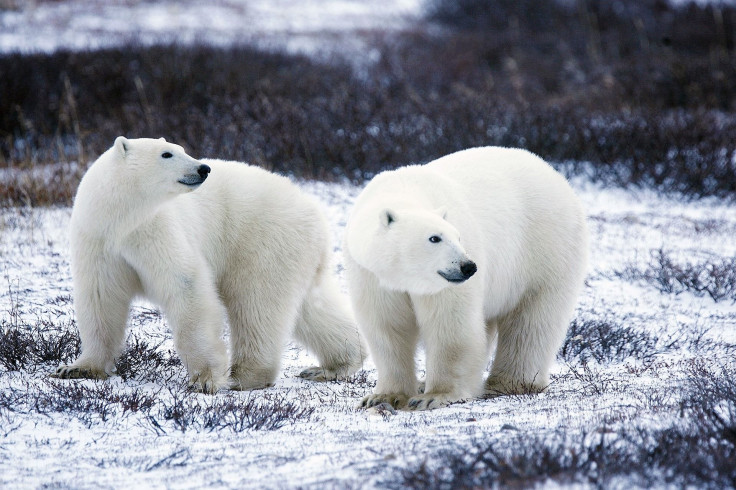5 Animals On The Verge Of Going Extinct, From Sumatran Rhinos To Polar Bears

The large majority of animals that have gone extinct in the history of the planet died out long before modern humans first walked out of their caves, but that doesn’t mean extinction is a thing of the past. Lots of animals have disappeared in recent history, including due to human actions like hunting. More are on their way out, between the effects of poaching, habitat loss and climate change. Here are just a few of the animals that are in danger of going extinct.
Sumatran rhino
There are only a couple hundred of this rhinoceros species remaining in the wild, making the Sumatran rhino a critically endangered group.
Rhinos face threats from poachers because of their horns, which, like elephant tusks, are desired in traditional Asian medicine and as status symbols. Although they usually illegally kill animals in the wild and harvest their horns, poachers have even gone as far as breaking into a zoo, killing a white rhino and sawing off one of them.
Like others of their kind, the Sumatran rhinos have been hit hard by hunting and poaching, but their tale is a little more nuanced than just that — recent research indicates that these rhinos, which live in Indonesia and Malaysia, experienced serious population declines over the last million years, largely due to climate change, and never really rebounded. That made them more vulnerable to human activity today.
Giant panda

Conservation efforts have brought these animals back from the brink of extinction, but giant pandas still face challenges.
Pandas have become the poster child for endangered animals since they were first declared to be threatened a few decades ago. Although rescue efforts have changed their status from endangered to simply vulnerable, human encroachment on their habitat still presents a huge risk to their future. Researchers have reported that their territory is smaller now than it was when they were initially classified as endangered, due to expanding infrastructure and other human activities.
It is difficult to track and monitor these animals in the wild because they are notoriously shy.
Vaquita

Conservationists already believed there were fewer than 30 of these sea creatures left in the wild, and now the population is down one more member. Scientists and officials organized a rescue operation in which they would capture as many of the critically endangered vaquitas as they could and keep them in a pen, monitoring and breeding them until their population increases enough to release them into the wild. But during the operation — called Vaquita Conservation, Rescue and Recovery or VaquitaCPR for short — a female died shortly into her captivity. According to the VaquitaCPR team, there is always a risk when it comes to unprecedented conservation projects, “but it was determined that it was unacceptable to stand by and watch the vaquita porpoise disappear without a heroic attempt at rescue.”
The small porpoises look like dolphins but have dark circles around their eyes and mouths that leads people to compare them to pandas. They grow to about 5 feet long and weigh about 120 pounds. The U.S. Navy is using trained dolphins to search in the Gulf of Mexico for the vaquitas to capture, with help from Mexican government and nonprofit organizations.
Illegal fishing is the biggest threat to the vaquita population and has caused a sharp decline in their numbers over the last couple of years, according to the World Wildlife Fund.
“This little porpoise wasn’t discovered until 1958 and a little over half a century later, we are on the brink of losing them forever,” the WWF has said about the creature.
Sunda clouded leopard

This leopard wasn’t even recognized as a separate species until recently, but it is now distinguished from its mainland Asian relative, the clouded leopard. The Sunda clouded leopard is found on the Indonesian island Sumatra and on Borneo, which is shared by Indonesia, Malaysia and Brunei.
“The forests of Borneo and Sumatra are undergoing some of the world’s highest deforestation rates, largely as the result of the expansion of oil palm plantations, and thus such development and consequent loss of habitat, coupled with the species’ apparent low population size, probably constitute the greatest threat to this species,” the International Union for Conservation of Nature says on its endangered species list, where the Sunda clouded leopard is listed as vulnerable.
There may be only a few thousand of these animals left in the wild.
Polar bear

Just as the panda has become the face of endangered species everywhere, polar bears have become the face of species threatened by climate change. Changes in wind patterns make it harder for them to find food and melting ice shrinks their territory.
The IUCN has them listed as vulnerable, but their situation is only expected to get worse as time goes on: “Our analyses highlight the potential for large reductions in the global polar bear population if sea-ice loss continues, which is forecast by climate models and other studies,” the group says.
© Copyright IBTimes 2024. All rights reserved.











